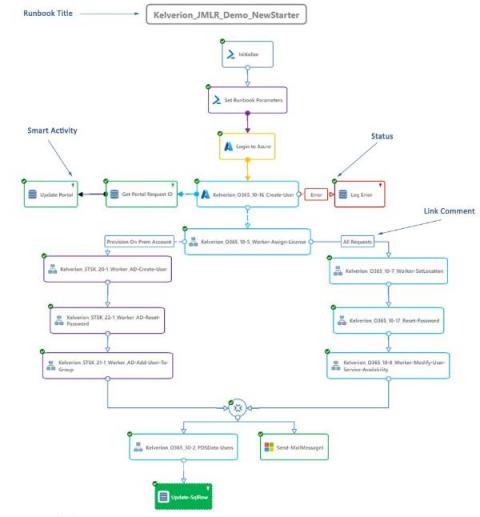How the unicorn got its horn: a tale of market opportunity and technical innovation
Insight Partners is a leader in working with scale-up companies that have existing product/market fit and can use our help establishing best practices for their businesses. But my specific focus is in developer-driven companies. I look for the best technical teams that are building products that developers love and adore.










